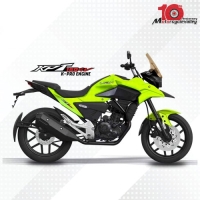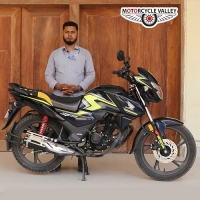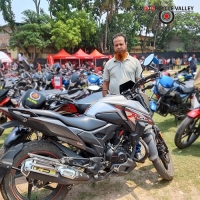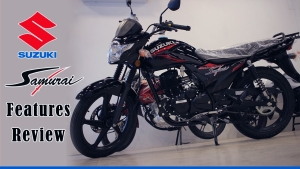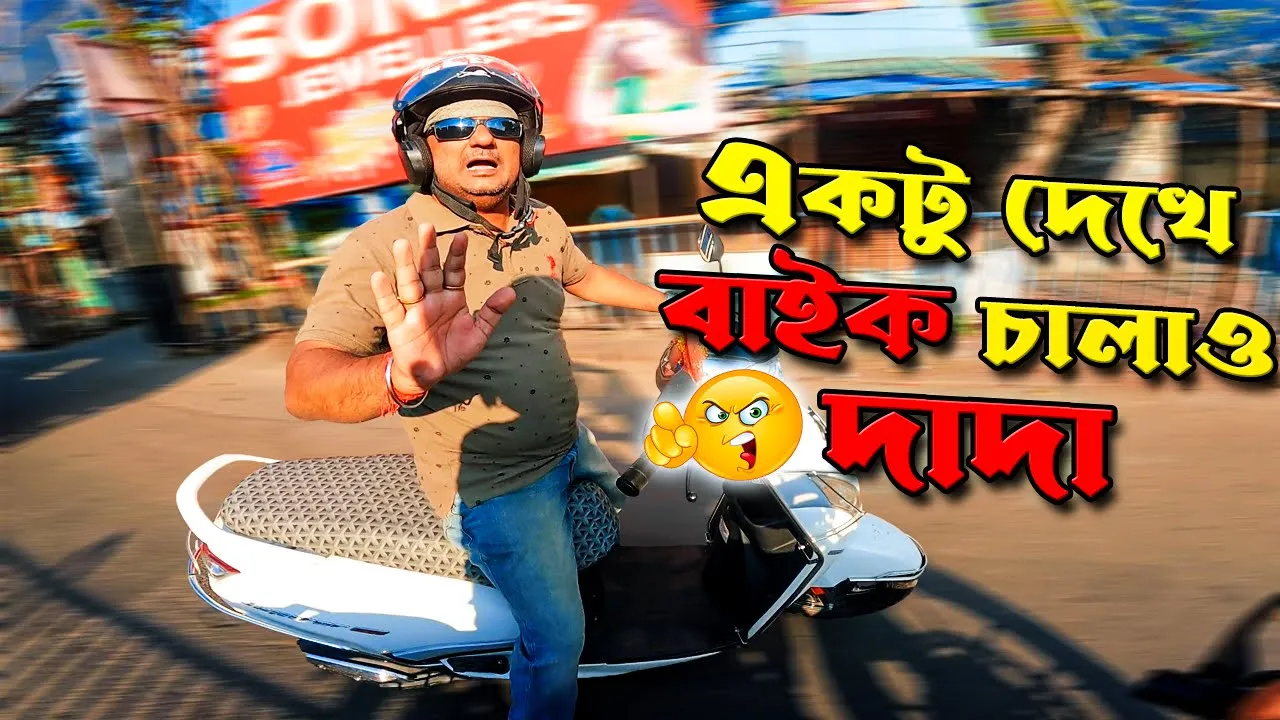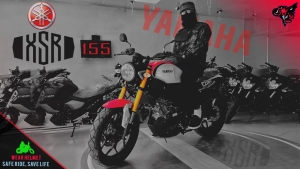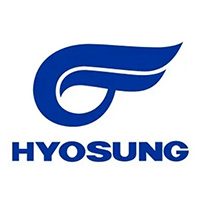The Evolution of Motorcycles: An Extraordinary Journey from Steam- Powered Engines to Modern Superbikes
The Evolution of Motorcycles: An Extraordinary Journey from Steam- Powered Engines to Modern Superbikes
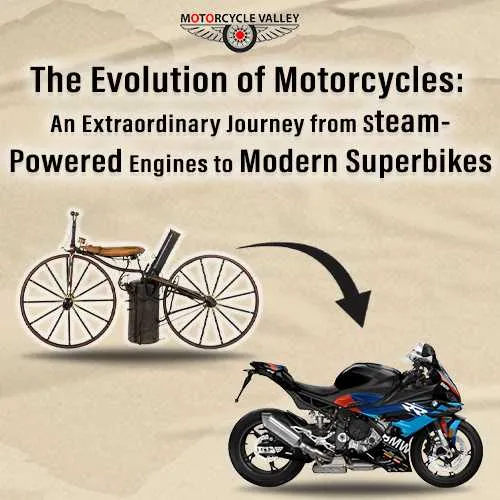
The motorcycle is not just a means of transportation; it is a symbol of lifestyle, culture, and technological advancement. Over the past century and a half, this two-wheeled vehicle has transformed from a peculiar steam-powered contraption into today's high-tech superbikes. Behind this evolution lie countless innovations, engineering advancements, and cultural influences.
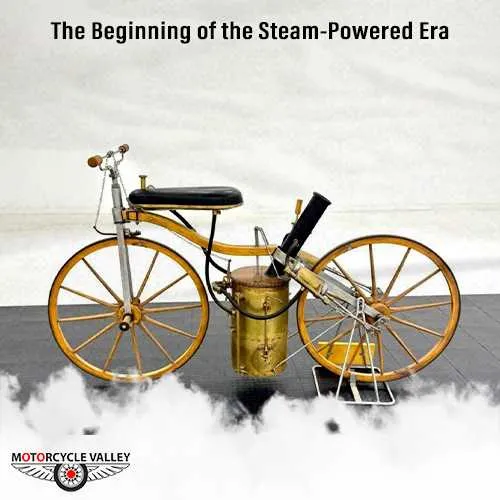
The Beginning of the Steam-Powered Era
The history of motorcycles dates back to the mid-19th century. Around 1867, the Michaux-Perreaux steam-powered velocipede was developed in France. Around the same time, in the United States, Sylvester Roper built the Roper Steam Velocipede, which was essentially a bicycle fitted with a small steam engine.
Although these vehicles were impractical and unsafe, they proved— for the first time— that mechanical power could enable personal transportation. This marked the dawn of an era where technology would revolutionize the way people moved.
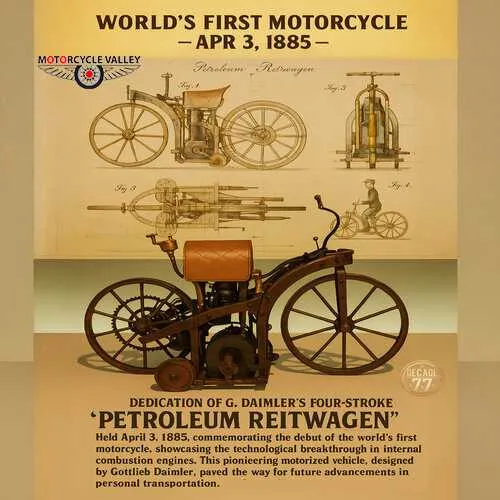
The Discovery of the Internal Combustion Engine: The True Birth of Motorcycles
In 1885, German inventors Gottlieb Daimler and Wilhelm Maybach created the Reitwagen, considered the first motorcycle powered by an internal combustion (IC) engine. This wooden vehicle ran on a 0.5-horsepower petrol engine.
Although it was never produced commercially, it became a historic milestone in the world of motorcycles. The internal combustion engine made motorcycles practical, reliable, and widely accepted as a mode of transportation.
At the beginning of the 20th century, the motorcycle industry experienced a revolution. The Indian Motorcycle company (1901) and Harley-Davidson (1903) emerged in the United States, while brands like Norton, BSA, and Triumph gained popularity in the United Kingdom. These motorcycles were soon used for everyday commuting, racing, and military purposes, setting the foundation for modern biking culture.
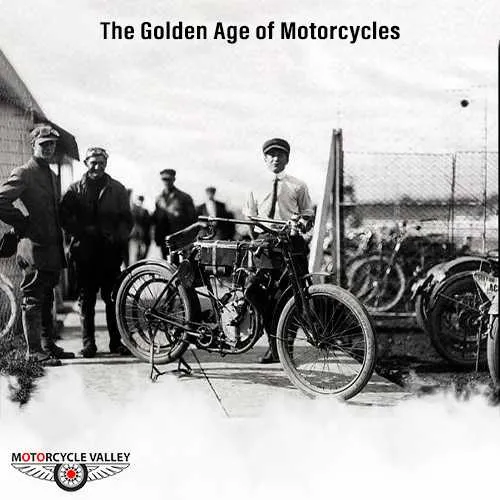
The Golden Age of Motorcycles
At the beginning of the 20th century, the motorcycle industry underwent a revolution. Companies like Indian Motorcycle (1901) and Harley-Davidson (1903) emerged in the United States, while Norton, BSA, and Triumph gained popularity in the United Kingdom. These motorcycles became widely used for daily commuting, racing, and military purposes.
During World War I, Harley-Davidson's demand skyrocketed, making it the world’s largest motorcycle manufacturer. By World War II, motorcycles had become an essential part of military operations. Models like the Harley-Davidson WLA and BMW R75 were extensively used in battle. This era also witnessed major technological advancements, including suspension systems, improved braking mechanisms, and electric starters.
After the war, motorcycles became a symbol of freedom in Western societies. The 1953 Hollywood film The Wild One, starring Marlon Brando, popularized biker culture among the youth. Meanwhile, Japanese manufacturers such as Honda, Yamaha, Suzuki, and Kawasaki entered the global market with affordable, reliable, and fuel-efficient motorcycles. Among them, the Honda Super Cub became the best-selling vehicle in history.
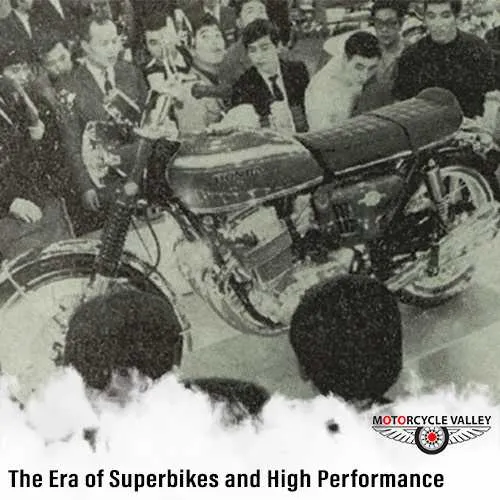
The Era of Superbikes and High Performance
The concept of the superbike began in 1970 with the launch of the Honda CB750. This model featured a four-cylinder engine, disc brakes, and an electric starter, making high-performance motorcycles accessible to the general public.

Over the following decades, motorcycle manufacturers engaged in fierce competition, focusing on speed and advanced technology. Some of the most notable innovations included:
● Liquid-cooled engines
● Turbocharging
● Multi-cylinder configurations
● Electronic Fuel Injection (EFI)
● Anti-lock Braking System (ABS)
During this period, brands like Ducati, Suzuki, and Kawasaki refined their designs, heavily influenced by MotoGP and World Superbike Championship (WSBK) racing. The pursuit of cutting-edge performance led to the development of faster, more powerful, and technologically advanced superbikes, reshaping the landscape of motorcycle engineering.

Smart Technology and the Electric Revolution
Today's motorcycles are packed with cutting-edge technology. Features like traction control, ride modes, quick shifters, cornering ABS, and semi-active suspension are now standard in premium models, ensuring safer and more exhilarating rides.
Additionally, the electric motorcycle revolution is reshaping the industry. Companies like Zero Motorcycles, Energica, and Harley-Davidson LiveWire are leading the way with bikes that deliver instant torque, operate without fuel, and require almost zero maintenance. Riders can now use smartphone apps to track performance, navigate routes, and monitor the condition of their bikes in real-time.
Yet, beyond its mechanical evolution, motorcycles remain a living culture. From Valentino Rossi to Ewan McGregor, motorcycle enthusiasts have built an entire world around the love for two wheels. From steam-powered engines to AI-driven electric bikes, motorcycles have not only advanced technology but also shaped the way we think and move.
One thing is certain—motorcycles will continue to evolve fearlessly, swiftly, and relentlessly into the future. The ride never stops!
Bike News
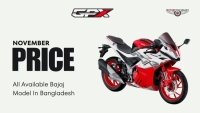
In the sports bike segment of Bangladesh, one of the most admired and fast-growing brands is the Thai motorcycle manufacturer GP...
English Bangla
The South Korean motorcycle brand Hyosung has officially entered the Bangladeshi market, bringing with it a highly anticipated l...
English Bangla
One of the few brands that has received a great response from the bike lovers and biker community since the increase in the CC l...
English Bangla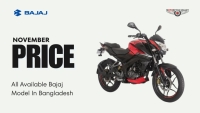
Bajaj is one of the most well-known motorcycle brands in Bangladesh, one of the reasons for which is the excellent combination o...
English Bangla
Yamaha is one of the few premium quality motorcycle brands in the Bangladeshi motorcycle market, each model of which is extremel...
English Bangla






